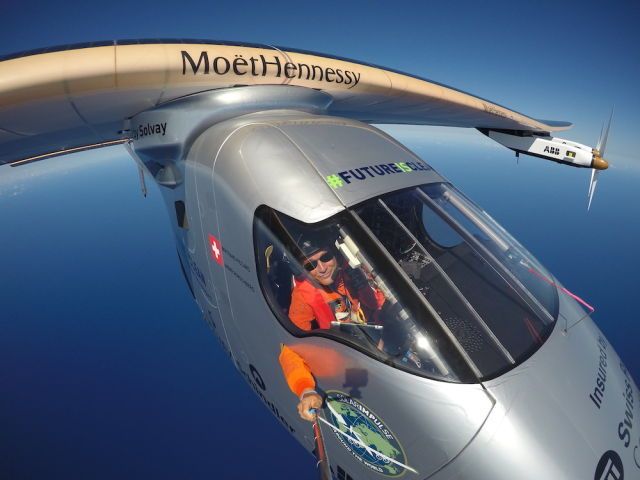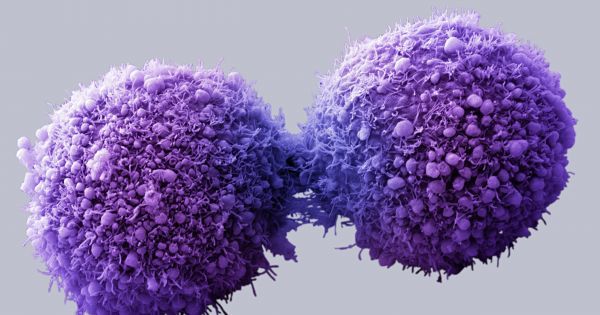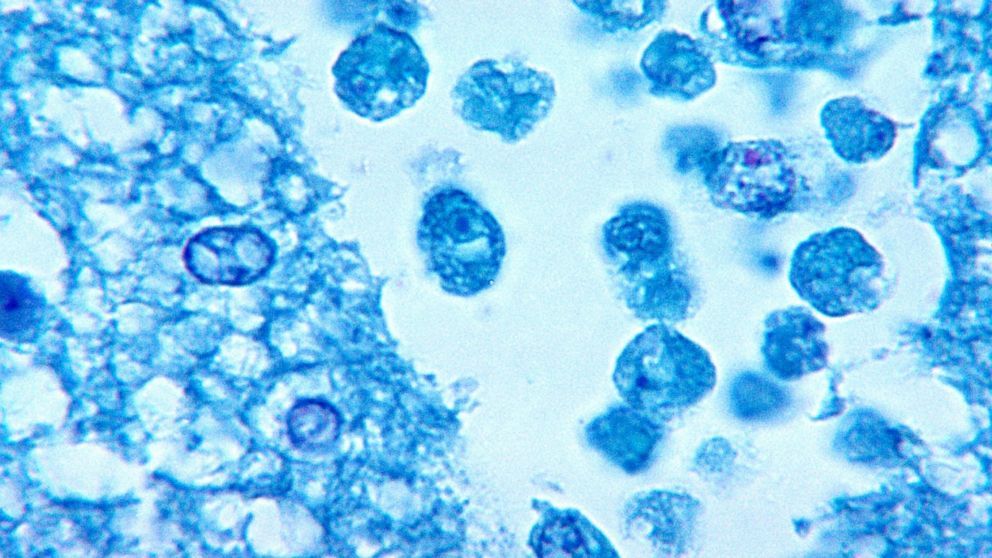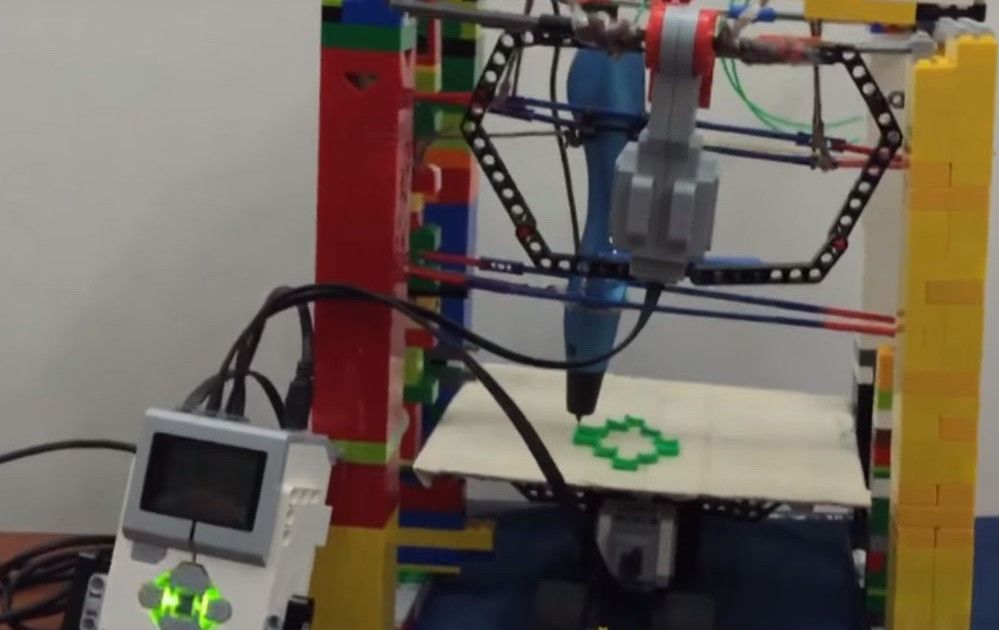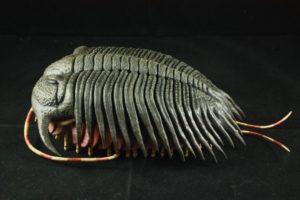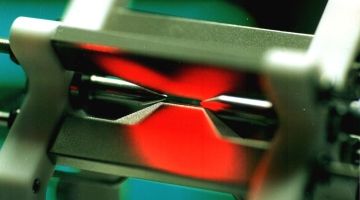Jun 23, 2016
Solar Impulse 2 completes world’s first solar-powered Atlantic flight
Posted by Bryan Gatton in categories: solar power, sustainability
The flights take such a long time because Solar Impulse 2, as the name suggests, is completely powered by sunlight. The plane’s massive 72-metre wings (broader than a 747!) are covered in some 269.5 square metres of photovoltaic cells. During the day, the cells power four 14kW (17.4hp) electric motors and top-up four 41kWh lithium-ion batteries. During the evening, the motors are driven by the batteries. Max cruise speed when the sun is up is 49 knots (90km/h), and a rather languid 33 knots (60km/h) at night.
The solar cells don’t quite refill the batteries during the day, which means the plane can’t fly forever just yet. Max flight duration is somewhere around five to six days.
For power-saving reasons, the Solar Impulse 2 cockpit can only carry a single human, and is both unheated and unpressurised. The pilots do sleep while they’re up in the air, but usually just for 20 minutes at a time (the telemetry data for one flight showed 10 catnaps of 20 minutes over a 24-hour period). Now multiply those conditions by a continuous flight time of three or four days and you have some idea of the rigours that Piccard and Borschberg must go through.
Continue reading “Solar Impulse 2 completes world’s first solar-powered Atlantic flight” »
